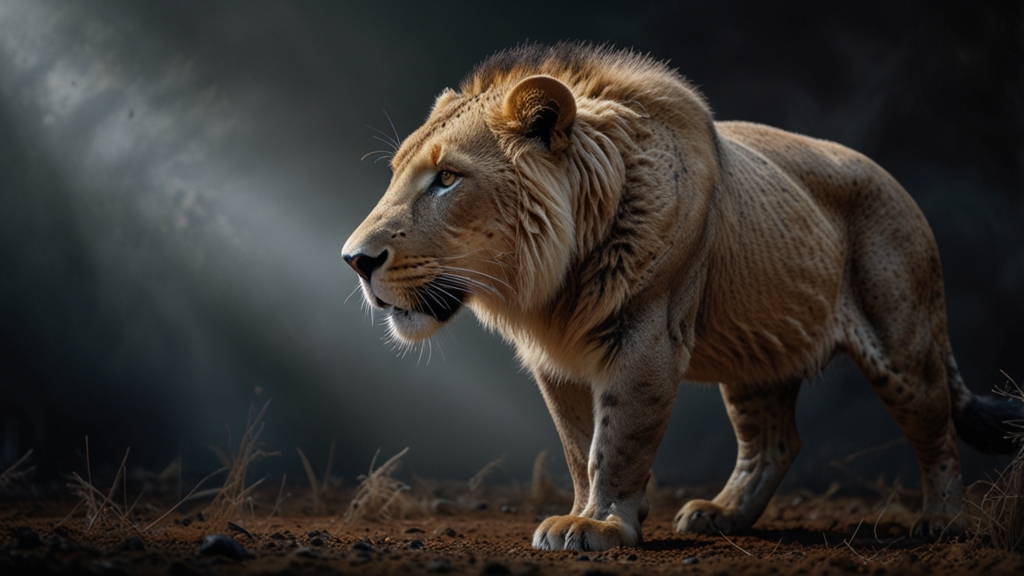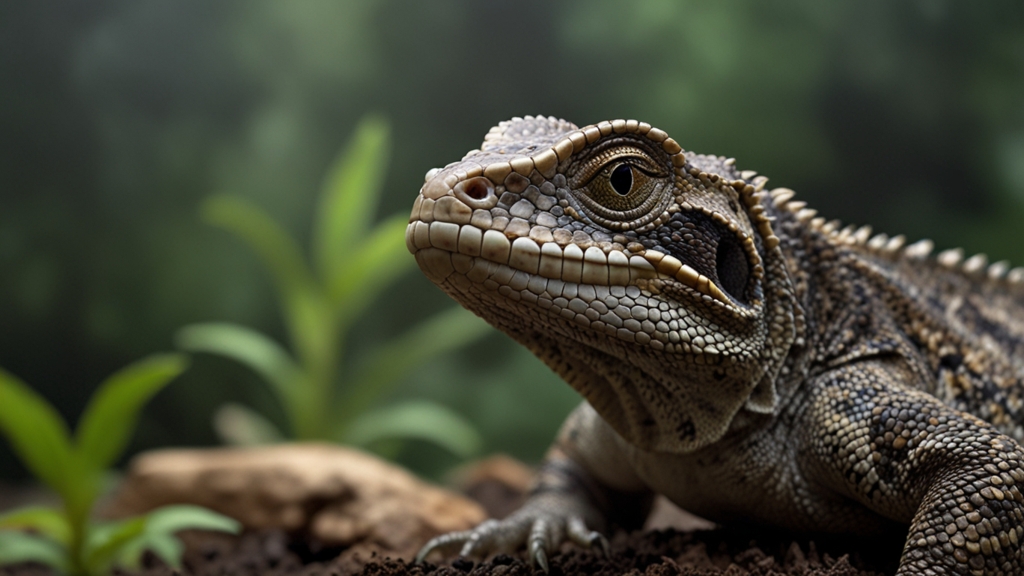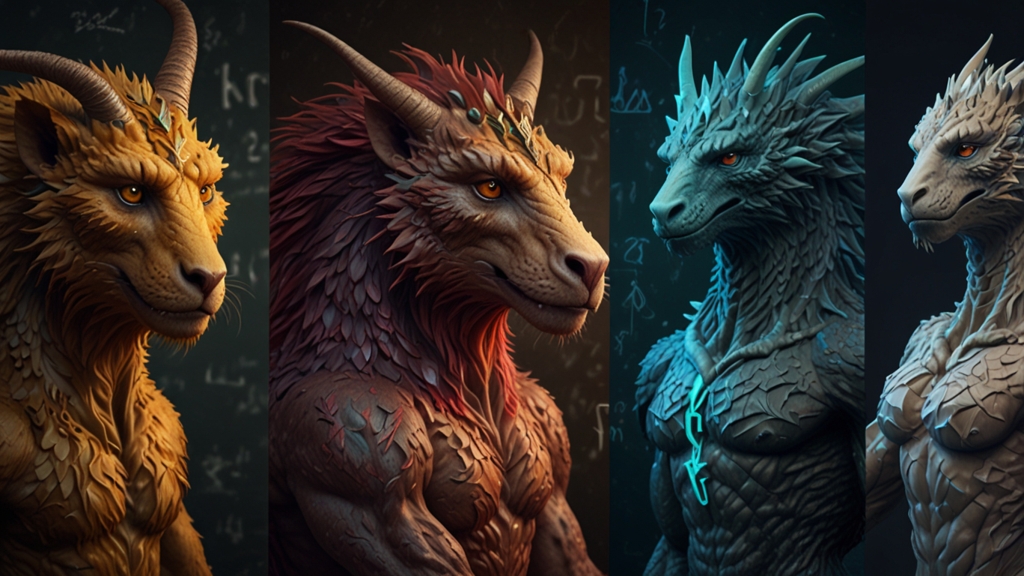The Legacy of Mammals: How They Influence Our World Today
Mammals have carved an indelible mark on the Earth, influencing ecosystems, culture, and even the course of human evolution. From the vast plains of Africa to the bustling cities of the modern world, mammals share a shared history with humans that extends millions of years and continues to impact our lives today.
Evolutionary Pioneers
The journey of mammals began with small, nocturnal creatures that survived the age of dinosaurs. These early mammals diversified into myriad forms, resulting in the wide array of species we see today. This evolutionary success, driven by adaptations like endothermy (warm-bloodedness) and complex brain development, allowed mammals to dominate various ecological niches.
One cannot overlook the pivotal role of mammals in the story of human evolution. Primates, the group that includes humans, evolved traits such as opposable thumbs and advanced cognitive abilities. These traits have laid the foundation for tool use, culture, and society, which have all been crucial for human survival and success.
Keystone Species and Ecosystem Engineers
Mammals often act as keystone species, maintaining the structure and health of the ecosystems in which they exist. Elephants in Africa are a classic example of such influence. By uprooting trees and creating clearings, they shape the landscape, allowing a diverse range of plant and animal species to thrive. Similarly, beavers are renowned ecosystem engineers. By building dams, they create wetlands that serve as rich habitats for wildlife.
"Mammals play a critical role in maintaining ecological balance. Their behaviors and physical presence often dictate the health and viability of the environments they inhabit." — Ecological Society of America
Economic and Cultural Impact
The influence of mammals extends far beyond natural ecosystems into human economies and cultures. Domesticated mammals like cattle, sheep, and pigs have been at the center of agriculture for thousands of years, providing food, clothing, and labor. The domestication of these animals has significantly shaped human societies and economies across the globe.
Mammals also hold a special place in human culture. From ancient cave paintings to modern-day media, they have been symbols of power, wisdom, and kinship. The works of Charles Darwin, documenting his observations of mammals during his voyage on the HMS Beagle, revolutionized our understanding of natural selection and evolution, forever changing the course of science.
"Animals like the majestic lion, the swift horse, and the wise elephant have been deeply interwoven into the tapestry of human folklore and mythology, reflecting our reverence and fascination with these creatures." — National Geographic
Mammals in Modern Science and Medicine
Modern scientific research continues to derive invaluable insights from the study of mammals. Rodents like mice and rats are fundamental to biomedical research, serving as model organisms for studying human diseases and testing new treatments. Moreover, the study of dolphin communication and social structures provides insights into complex behaviors and social interactions, further enriching our understanding of animal intelligence.
Challenges and Conservation
Despite their widespread influence, many mammal species face significant threats from human activities. Habitat destruction, climate change, and poaching present serious challenges to their survival. Conservation efforts are in full swing across the world, aiming to protect these vital members of the biosphere. Programs like the WWF's initiative to save tigers and the International Union for Conservation of Nature's efforts to protect endangered species are essential for maintaining biodiversity.
"Conserving mammal species is not just about saving animals; it’s about preserving the delicate balance of our ecosystems and, by extension, the health of our planet." — World Wildlife Fund
Conclusion
The legacy of mammals is far-reaching and profound. They are not only our evolutionary relatives but also integral components of the natural world that sustain human life. Their roles as ecosystem engineers, cultural icons, and subjects of scientific research underscore their multifaceted influence. As we continue to uncover the depths of their contributions, it is imperative to also commit to their conservation, ensuring that their legacy endures for future generations.











